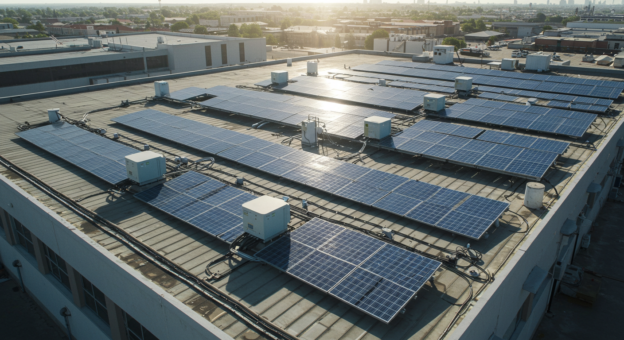Introduction
With rising electricity costs and growing environmental concerns, many homeowners and businesses are considering solar power installation. But is it really worth the investment? This article explores the costs, savings, and long-term benefits of solar energy, helping you determine if it’s the right choice for you.
Understanding Solar Power Installation Costs
Initial Investment
The cost of solar power installation varies depending on several factors, including system size, location, and equipment quality. On average, the price ranges between $10,000 and $30,000 before incentives.
Factors Affecting Cost
-
System Size: Larger systems generate more power but have higher upfront costs.
-
Panel Type: Monocrystalline panels are efficient but costlier than polycrystalline ones.
-
Installation Fees: Labor costs vary by location and installer expertise.
-
Permits & Inspections: Necessary for compliance with local regulations.
-
Battery Storage: Adding solar batteries increases costs but provides energy independence.
Incentives and Tax Credits
Governments and utility companies offer incentives to reduce solar installation costs:
-
Federal Solar Tax Credit (ITC): Covers 30% of installation costs (valid through 2032).
-
State and Local Rebates: Vary by region but can significantly cut expenses.
-
Net Metering Programs: Allow homeowners to sell excess energy back to the grid.
-
Solar Renewable Energy Certificates (SRECs): Earn credits for generated power, which can be sold for profit.
Long-Term Savings from Solar Energy
Lower Electricity Bills
Solar panels drastically reduce monthly electricity expenses. Homeowners can save between $10,000 and $50,000 over a 25-year period.
Return on Investment (ROI)
The average payback period for solar installations is 5 to 10 years, after which users enjoy free electricity.
Property Value Increase
Studies show homes with solar installations sell 4.1% faster and at higher prices.
Environmental and Social Benefits
Reducing Carbon Footprint
Switching to solar reduces greenhouse gas emissions, promoting sustainability.
Energy Independence
Less reliance on fossil fuels makes the energy grid more stable and reduces power outage risks.
Case Study: Real-Life Solar Savings
John’s Solar Investment in California
-
Initial Cost: $18,000
-
Federal & State Incentives: $6,000 reduction
-
Annual Savings on Electricity: $1,500
-
Payback Period: 8 years
-
Total 25-Year Savings: $37,500
Pros and Cons of Solar Power Installation
Pros:
✔ Significant electricity savings
✔ Increases property value
✔ Reduces carbon footprint
✔ Incentives lower initial cost
✔ Low maintenance requirements
Cons:
✘ High upfront cost
✘ Weather-dependent efficiency
✘ Requires sufficient roof space
✘ Battery storage adds extra costs
Frequently Asked Questions
1. How long do solar panels last?
Most panels last 25–30 years with minimal maintenance.
2. Can I install solar panels myself?
DIY installation is possible but requires electrical expertise. Hiring solar energy experts ensures safety and efficiency.
3. What happens on cloudy days?
Solar panels still generate power, but efficiency drops. Battery storage helps offset lower production.
Conclusion: Is Solar Power Worth It?
For many homeowners and businesses, solar power installation is a worthwhile investment. With lower electricity bills, government incentives, and long-term savings, the financial and environmental benefits outweigh the costs.
Take Action Now
Thinking about switching to solar? Consult solar energy experts today and explore the best solar energy solutions for your needs.








